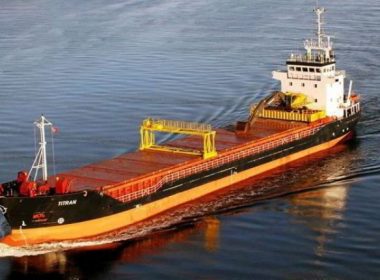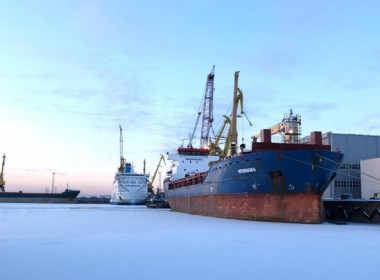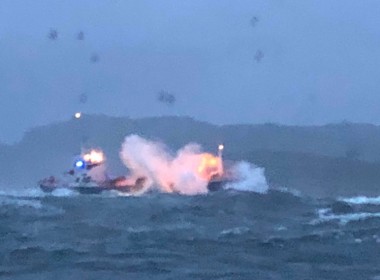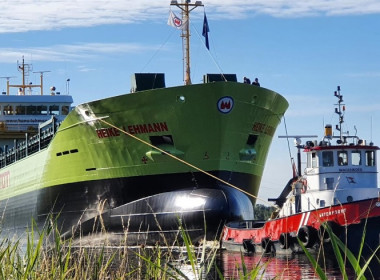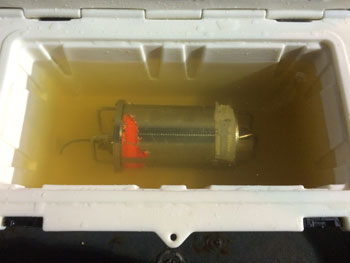Poor lookout caused fishing boat, cargo ship to collide, Norwegian safety probe reveals

The collision between a 118-metre-long cargo ship and a smaller fishing vessel in Norway’s Langesundsbukta Bay was caused by a crewman’s failure to rely adequately on traditional lookout-based navigation, the Norwegian Safety Investigation Authority (NSIA) said in a recent report.
The incident involving the cargo vessel Edmy and the prawn trawler Tornado occurred on October 4, 2022.
When the navigator on the bridge of the cargo ship checked the radar for potential dangers, he found the course he had set for Copenhagen to be clear. He did not see the fishing vessel.
The navigator then went to the aft of the wheelhouse to carry out office work on the computer. After sailing for half an hour on the same southbound course at a speed of around 12 knots, he suddenly felt something hit the bow of the ship.
The cargo ship collided with the fishing vessel at 08:35 on the said date.
The crew of Tornado suffered no physical injuries, but the vessel had sustained considerable damage to the port bow bulwark. Edmy meanwhile sustained minimal damage.
The cargo ship’s bridge navigational watch alarm system (BNWAS), a tool that can help navigators to maintain attention over time, was deactivated during the day. The NSIA believes the system would have contributed to safer navigation had it been active.
Tornado was trawling for prawns in Langesundbukta Bay with two persons on board. They used both navigation lights and day shapes for trawling.
As they did not wish to reveal the location of their fishing grounds, they were not transmitting AIS information at the time when the course for Edmy was set. Tornado was therefore only visible on the radar as an echo, with no AIS information shown on the radar or ECDIS displays.
AIS transmission was activated only five to six minutes before the collision.
The NSIA believes that the expectation that most vessels transmit AIS information can lead to a false sense of security, as there is a possibility that not all dangers are identified.
The NSIA understands fishermen’s reluctance to transmit their position via AIS and thereby risk revealing their fishing grounds, but by not doing so, they also remove an important digital safety barrier by not enabling other vessels to identify them.
Although visibility was good and the fishing vessel was clearly visible with day shapes and navigation lights, active AIS transmission at an earlier stage would probably have increased the likelihood of the cargo ship identifying the fishing vessel.



